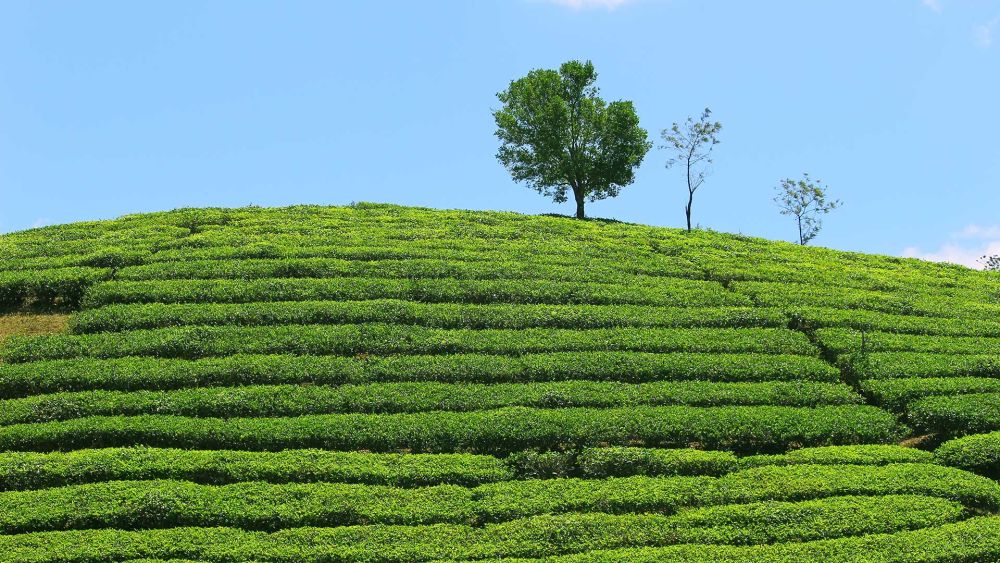

The enchanting hill station of Vagamon in Kerala is graced with lush green tea gardens that have been a part of its landscape for well over a century. The origin of these tea gardens dates back to the British colonial era when the British planters discovered the potential of Vagamon's climate and terrain for tea cultivation. By the early 20th century, vast expanses of the hills were transformed into tea plantations, which brought about a significant change in the local economy and society.
The tea gardens rapidly became a crucial part of Vagamon's identity, attracting not just workers and traders but also those seeking respite from the heat of the lowlands. Over time, Vagamon developed as a quaint retreat, prevalent among British officials and tea estate owners. It wasn't long before word about the beauty of these tea gardens and the temperate climate of Vagamon began to spread.
Post-independence, the ownership of tea plantations shifted but the charm of the tea gardens remained untouched. The serene beauty of Vagamon began drawing visitors from all over India. It was the concerted effort of the Kerala Tourism Development Corporation (KTDC) along with the support of local businesses that put Vagamon on the tourism map. Infrastructure development such as better roads, the establishment of resorts, and the introduction of activities catering to tourists facilitated the transformation of Vagamon into a favored holiday destination.
Into the late 20th and early 21st centuries, Vagamon grew in popularity not only among solitude-seeking tourists but also among adventure enthusiasts. With its gentle hills, clear streams, and expansive tea gardens, Vagamon offered various activities like trekking, paragliding, and rock climbing, enhancing its appeal to a diverse group of travelers.
In recent times, the focus on sustainable and eco-friendly tourism has become prominent in destinations like Vagamon. Visitors are increasingly inclined towards stays that offer authentic experiences, like living in homestays run by local families and participating in tea plucking and processing during certain seasons.
Agri-tourism is on the rise, with travelers showing eagerness to learn about the process of tea production, from leaf to cup. Many tea estates now offer guided tours through the plantations and factories, with interactive sessions that educate visitors about the intricacies of tea tasting and grading.
Wellness tourism has also found a foothold in Vagamon, with several resorts and retreats offering ayurvedic treatments and yoga sessions amidst the tranquility of the tea gardens. The clean air, pristine environment, and calming greens of the tea plantations provide the perfect setting for rejuvenation.
Yet another trend is the advent of adventure tourism in the area. The annual International Paragliding Festival has put Vagamon on the global map for adventure sports, attracting thrill-seekers from across the globe to soar over its breathtaking landscapes.
As tourism advances, both the government and private stakeholders are working to ensure that the ecological balance and the pristine nature of the tea gardens are preserved. Regulations have been put in place to minimize environmental impact, and community-based tourism is promoted to ensure that the benefits of tourism trickle down to the local populace.
The tea gardens of Vagamon, with their rich colonial history and present-day charm, continue to enchant visitors, while the local community and authorities strive to maintain the allure of this verdant oasis for generations to come.